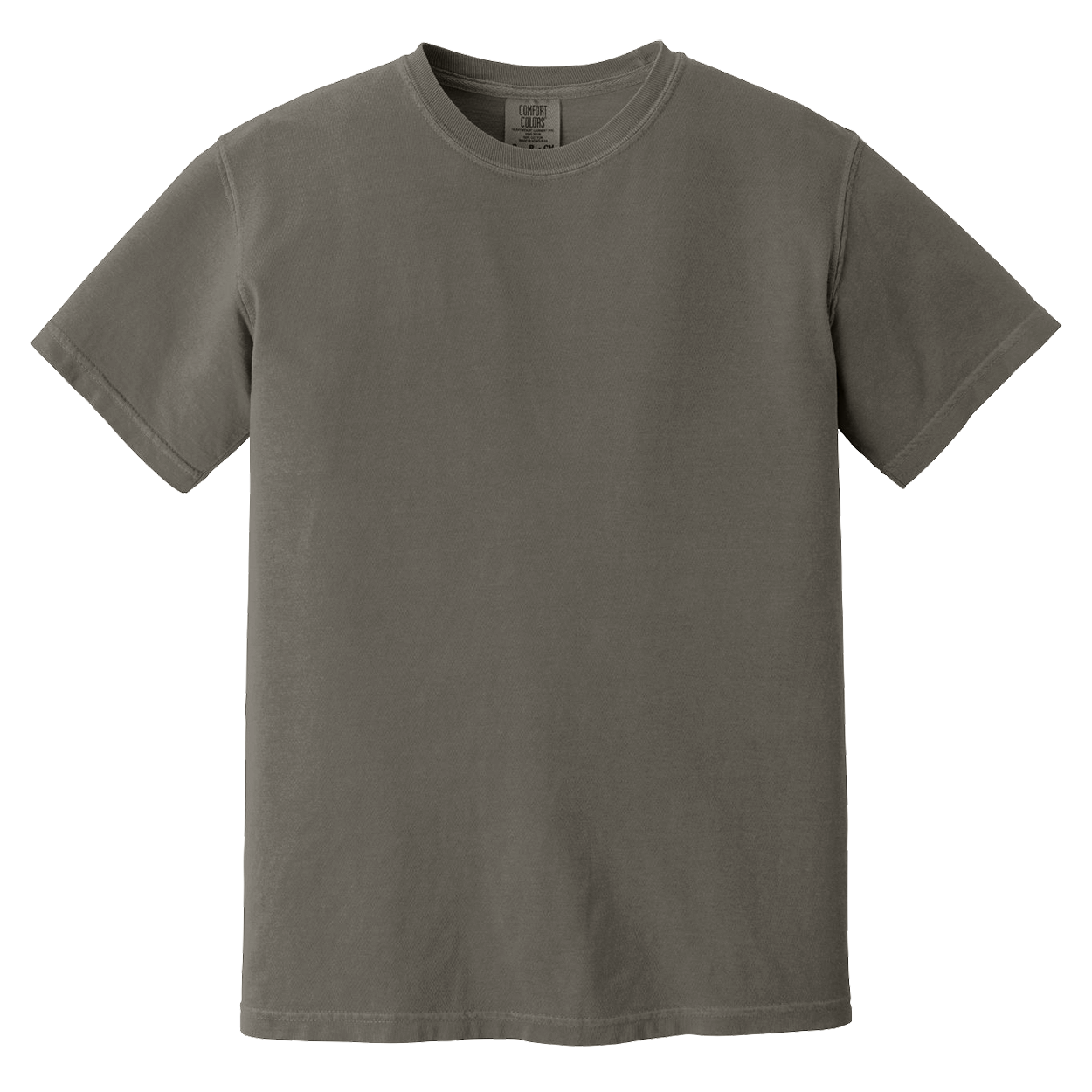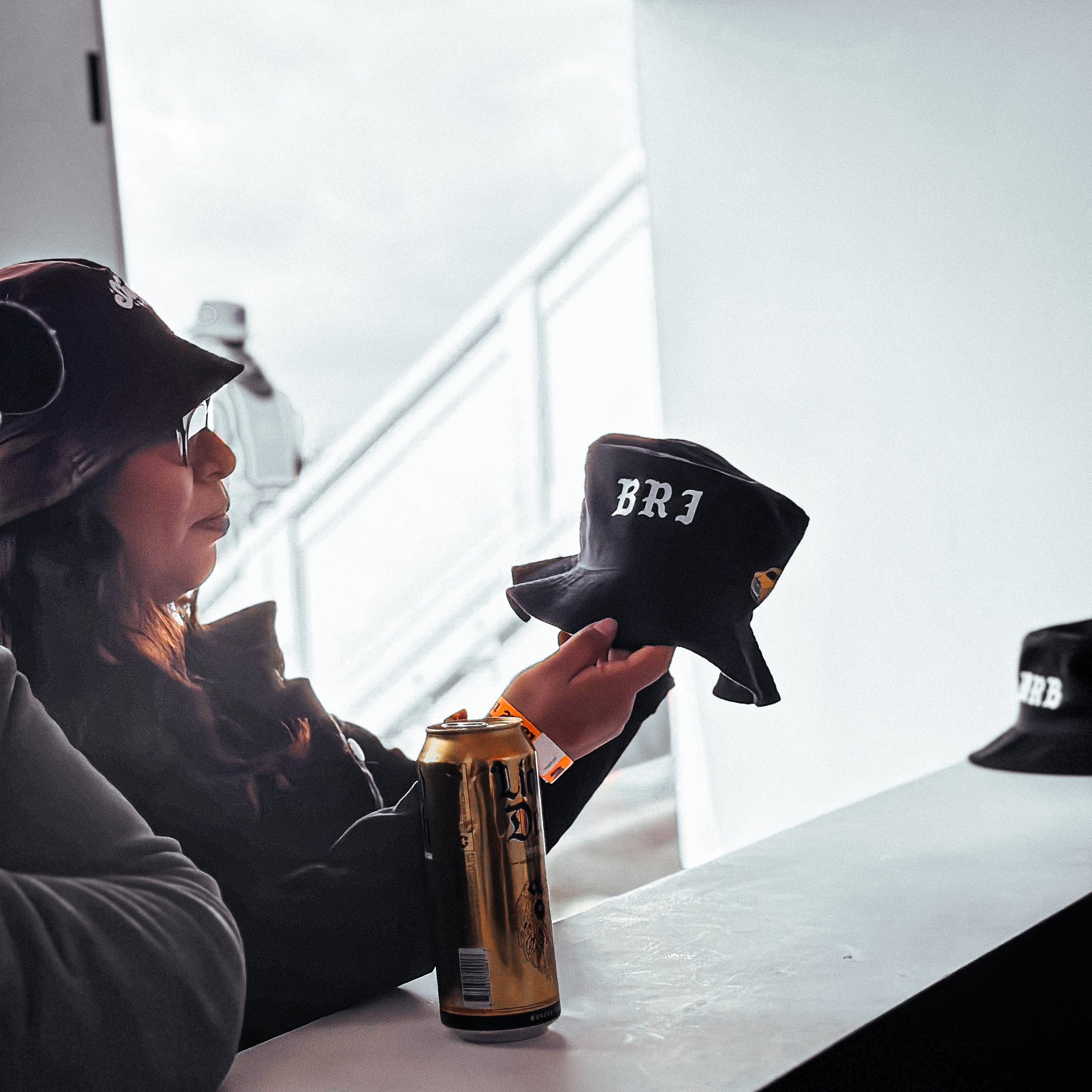As we approach Fall 2024, it's crucial for clothing brands and bands to stay ahead of the curve by embracing emerging merchandising trends. The dynamic interplay between innovation and tradition shapes this season’s trends, offering unique opportunities to connect with audiences in meaningful ways. From sustainable practices to tech-enhanced products, understanding these trends is essential for brands looking to make a significant impact in a competitive market.
Sustainability Takes Center Stage
Sustainability is no longer just a buzzword but a definitive trend in the merchandising world as we move into Fall 2024. Brands are increasingly adopting eco-friendly materials like organic cotton, recycled polyester, and biodegradable plastics to appeal to environmentally conscious consumers. This shift is not only a response to consumer demand but also a part of a broader commitment to reduce environmental impact, offering products that are both stylish and sustainable.
Sustainable practices are expanding beyond materials to include the entire production process. Energy-efficient manufacturing, water-saving dye technologies, and minimal waste production techniques are becoming standard practices. For clothing brands and bands, this means that their merchandise can now tell a story that aligns with the values of a growing eco-aware audience, enhancing brand loyalty and consumer trust.
The Rise of Tech-Enhanced Merchandise
The integration of technology into merchandise is revolutionizing the way brands engage with their audiences. Smart fabrics that change color with temperature or augmented reality features that unlock exclusive content are just the beginning. These tech-enhanced products not only increase the utility of everyday items but also turn them into interactive experiences that resonate with a tech-savvy consumer base.
This trend is particularly impactful for band merchandise, where augmented reality can bring a new dimension to traditional items like T-shirts and posters. For example, scanning a smart poster with a smartphone could launch exclusive behind-the-scenes footage of a band, creating a deeper connection between the artist and the fan. Such innovations are setting new standards in merchandising, combining technology with creativity to capture the attention of consumers.
Retro Revival: Nostalgic Influences in Modern Merch
The allure of nostalgia is powerful, as seen in the resurgence of retro designs that mix past decades' styles with modern flair. This Fall 2024, expect to see clothing brands and bands leveraging this trend by reintroducing classic patterns, fonts, and color palettes that evoke fond memories yet feel contemporary and fresh. This blend of old and new allows brands to celebrate their heritage while staying relevant in today's market.
Retro-inspired designs are especially effective in creating emotional connections with audiences who cherish the past yet crave the innovation of the present. By incorporating elements such as vintage logos and classic band imagery into their merchandise, brands can appeal to both long-time fans and new customers looking for authenticity combined with modern appeal.
Bold Patterns and Colors: Standing Out This Fall
This fall, merchandising is all about making a statement with bold patterns and vibrant colors. The trend is to move away from the minimalist designs of previous seasons and instead embrace eye-catching graphics and rich hues that draw attention. This shift is perfect for brands looking to make their merchandise stand out in a crowded marketplace.
Using bold patterns and colors can help brands convey a strong visual message about their identity and values. Whether it’s a clothing line featuring abstract, colorful prints or a band’s merchandise adorned with loud, engaging motifs, these design elements are key to captivating an audience and reinforcing brand recall.
Personalization and Customization: The New Norm
Personalization is transforming how consumers interact with brands, with customized merchandise becoming a staple in 2024. This trend is driven by the desire for products that reflect individual styles and preferences, allowing consumers to co-create their own unique pieces. For bands and clothing brands, offering personalized options like custom color choices, monograms, or tailored messages can significantly enhance consumer engagement.
Moreover, the technology to support customization is more accessible than ever, enabling brands to offer these options at scale without significant cost increases. This capability allows even small brands to compete effectively by offering unique merchandise that resonates on a personal level with their audience, thereby fostering a deeper connection and loyalty.
Collaborative Collections: Cross-Industry Partnerships
Collaborative collections represent a key trend, where bands team up with clothing brands or artists from different disciplines to create unique merchandise. These partnerships not only fuse diverse creative visions but also tap into the combined fan bases of each collaborator, significantly broadening market reach. The Fall 2024 season is ripe with opportunities for such collaborations, offering fresh avenues for creativity and audience engagement.
The success of these collaborations often comes from a shared ethos or aesthetic that resonates across industries. For example, a band known for its environmental advocacy might partner with a sustainable clothing brand to produce a line of eco-friendly merch. These partnerships not only result in innovative products but also reinforce the brand's commitment to shared values, making a strong statement in the market.
Trending Merch
1717 Comfort Colour Tee
AS Color Relaxed Hoodie
LA Apparel 1801 GD
Dad Hats
Otto Baseball Caps - Contrasting Colors
Conclusion: Elevating Your Brand with Innovative Sticker Designs
As we've explored in this guide, the Fall 2024 merch trends offer exciting opportunities for brands to differentiate themselves and connect with their audiences in meaningful ways. From leveraging the latest in sustainable materials and tech enhancements to embracing bold aesthetics and personalized touches, these trends are all about creating deeper engagements and lasting impressions.
For brands looking to stay ahead, it's crucial to integrate these trends thoughtfully into your merchandising strategy to ensure your offerings are not only current but also resonate with your target market. Embrace these innovations, and let your merchandise do more than just represent your brand—let it set the bar for what's cool, sustainable, and immensely desirable.


























